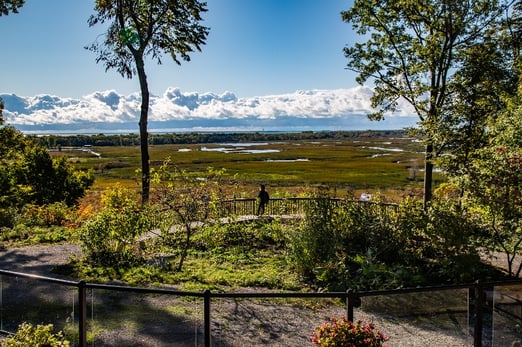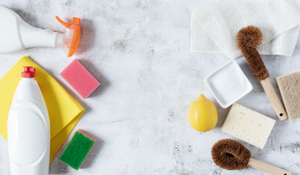7 Ways to Stay Environmentally Friendly in COVID-19
It's an unpredictable time. Many of us are experiencing changes in our day-to-day lives that shift our focus from environmentally sustainable practices, to proper health & safety precautions. We must actively remind ourselves that there is a continued need to reduce our carbon footprint, while maintaining effective cleaning and sanitation routines during the current health pandemic.
Below are some helpful tips & tricks that you can use to transform wasteful tasks into 'green-safe' & sustainable practices during social isolation. We have also included a few resources where you can uncover fun & creative home projects that will help convert your living space into a more nature-friendly atmosphere; it's time to bring the outside indoors!
Please stay safe, and remember...the forest is awaiting your return.
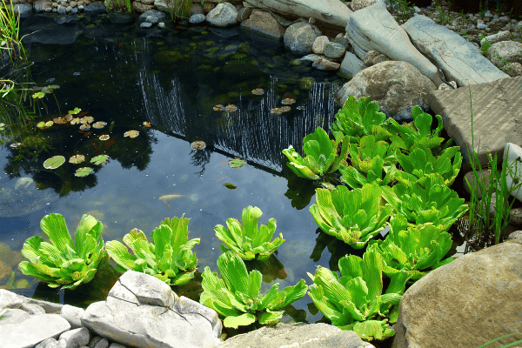
1. Wildlife Sanctuary at Home
Have you always had a green thumb and you're looking for new ways to experience wildlife from home? Whether you're cooped up in an apartment or you have a ranch in the countryside, you can turn even the smallest of spaces into a flourishing habitat. Plant flowers, vegetables, and herbs to attract and nourish pollinators and other insects. Bird feeders are another easy addition that will help bring more nature to your balcony and helps mask the sound of obnoxious city traffic.
For those who are feeling a little more adventurous, visit 15 budget friendly ways to build your own garden pond. You can learn how to re-purpose household items (like a plastic tote) to create your dream water feature. Ponds are fairly easy to maintain and are a cost effective way to bring wildlife into your backyard.

2. Power Preserving at Home
With everyone working from home and virtual education being the new way of life for many Canadian students, we are using more electricity on a day-to-day basis. Of course, most of us are no longer commuting to work, but the surge in personal electricity use is overriding the reduction in fossil fuel consumption.
You can do simple things, such as choosing to work in a bright room to avoid turning lights on and opening up the blinds to take advantage of natural light. Since your children are using their devices more frequently, make sure sleep settings are enabled to preserve power when they're done using them.
3. The Disinfectant Wipe & Plastic Glove Nightmare
In a time where sanitation and disinfecting is more important than ever, disinfectant wipes and plastic single-use gloves have become coveted household items. It is important to properly dispose of these products when you are using them; remember, even wipes that claim to be 'flushable' are not flushable. Disinfectant wipes clog drainage and sewage pipes, creating a bigger problem for essential workers like plumbers and maintenance teams.
If you can, avoid wipes altogether when you're cleaning your home and disinfecting. Rags, microfibre cloths, or old towels make for excellent cleaning tools; just ensure you are regularly washing and disinfecting them to get rid of bacteria. When it comes to plastic gloves, washing your hands is the most ideal way to combat the spread of the virus. If wearing gloves makes you feel more comfortable, opt for a non-plastic brand like If You Care. Their gloves are reusable and are made from fair trade FSC certified natural rubber.
If you can, use smaller appliances when cooking and re-heating as opposed to turning on the oven. When it comes to the dishwasher, only run it when it is full. Did you know if you open the dishwasher early to let a load of dishes air dry, you cut your energy use by 15% for that load? Test out some of these tricks and you're one step closer to being a more sustainable homeowner.
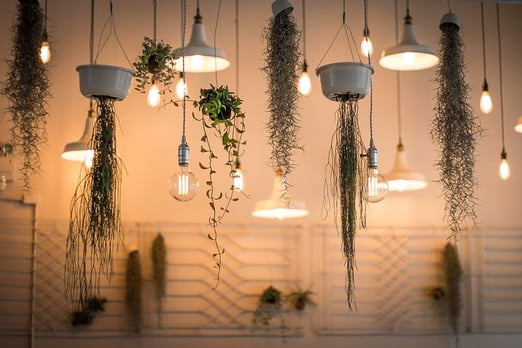
4. Create a Living Wall
Are you looking for a fun house project to help occupy your time? A living wall is the perfect interior feature that will bring the outdoors inside. This is a great solution for city dwellers who don't have access to a large outdoor space, but want to reap all of the benefits of having their own vegetation and plant life at home. Visit HGTV for tips and inspiration to build your very own living wall.
5. Make a Seasonal Meal
Nothing beats a home cooked meal, particularly with fresh, local ingredients. Many local farmers' markets and suppliers are implementing alternative ways to deliver fresh produce to customers. Make sure you have researched the possibilities in your area so we can continue to support local. If you're looking for a great resource to keep track of Ontario's produce season, click here. This availability guide will tell you everything you need to know about which fruits and vegetables are in season so that you can make a more sustainable decision as a consumer. 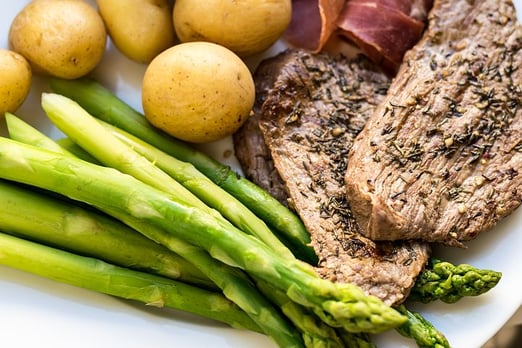
6. Stop Bulk Buying & Online Shopping
Out of boredom, it's easy to be tempted to online shop and purchase items you might not otherwise need. Additional shipping packaging, paper waste, and other materials are overused in the fashion and beauty industry in particular. Instead, find creative ways to make your own beauty and cleaning products. Well.ca is an excellent Canadian resource that promotes green & toxic-free ways of living. Visit their site to find new & unique ways to make your cleaning, beauty, and home routines more eco-friendly; there's a variety of great at-home projects listed to keep you busy, too!
If you insist on making an online purchase, check out Amazon Smile’s environmental charity lists here; choose one and, every time you order, money is donated to the green charity of your choice. What a cool initiative!

7. Download the 'Earth Challenge' App
Particularly if you have kids, the Earth Challenge app is an excellent tool that allows you to monitor air quality and pollution data in your community. It empowers young individuals, in particular, to take an interest in their local environment by measuring plastic pollution & air quality. In addition, the app offers users effective tools and tricks to help achieve environmental protection. Visit this site to download the app today!

